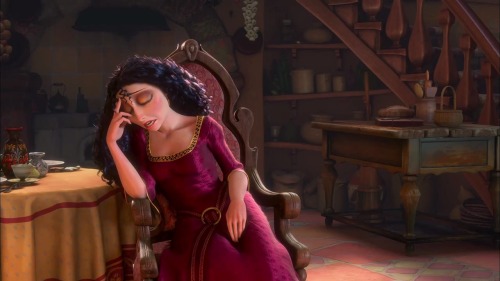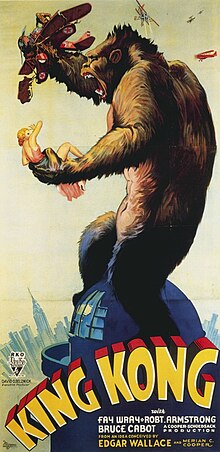
King Kong is described by showman/director Carl Denham (Robert Armstrong) as “the eighth wonder of the word,” and the movie equivalent is living proof of that. The stop-motion animation may look cheesy, but there’s something inherently majestic and other-worldly about King Kong that allows audiences to sit back and take it in. The sense of adventure is pure and unadulterated, and probably will never be experienced again (it certainly didn’t work in the 2005 Peter Jackson remake).
A film crew goes to the mysterious Skull Island where they hope to shoot a movie. Unscrupulous director Carl Denham has other plans in mind when he discovers the island natives live in fear of a gargantuan gorilla. When the creature, named Kong, kidnaps the film’s leading lady, Ann (Fay Wray), Denham believes he’s found his chance to make his fortune bigger by bringing the animal back to New York.

King Kong is an extravaganza of moving parts, all vying for equal footing and coalescing into an action/adventure movie in a spirit far removed from anything out today. From the moment the overture plays, you’re transported to a world that’s set-up to be ominous, exciting, and foreign. The fast-paced, suspenseful, and crashing score composed by Max Steiner places you in the right place to enjoy the movie and it deserves the distinction of being the first use of thematic score in a film; and what a score it is! Other uses of revolutionary technology – at the time – include the use of stop-motion, miniatures, and rear projection. It’s easy to grow complacent with these elements which were utilized to such an extent in classic films, and yet to the original 1933 audience watching Kong, it was magic. In the last week, I’ve commented quite a bit on the implementation of practical effects in movies, and I have to credit Kong in taking primitive techniques, primitive to us now, and injecting them with whimsy. Special effects guru Ray Harryhausen passed away recently, and there’s a bonus feature on the Blu-ray where he discusses special effects and how King Kong inspired him (I’ll discuss more on the Blu-ray in a second). The practical effects and sets are fantastic, and the Skull Island gate was recycled for the burning of Atlanta in Gone With the Wind; they’re intimidating yet cryptic if you know this was all filmed on a studio lot.
It would be easy to create the Kong figure to be a hollow, lifeless monster; but much like James Whale and Frankenstein, there’s a lot of emotion and expression on Kong’s face. He beats his chest when he’s aggressive, conveys lust at the sight of Ann, and gets a little anthropomorphic as he rubs his eyes and grabs his throat when he’s attacked with a smoke bomb. His actions in that smoke bomb sequence could be a lampooning of silent era histrionics, especially when placed next to Ann’s “screen test” where she uses similar broad gestures to convey fear; Kong is illustrated to be just as human and capable of feeling as anyone else. Speaking of Frankenstein, there’s a similar crucifixion sequence between Ann and Kong, with both being strung up and presented to a hungry audience (Ann being presented to Kong and Kong to the audience). However, there’s a delicate balance between Kong’s human attributes and his animal ones. When Kong becomes vicious – chewing people, dropping a woman out a window – the audience is reminded that he isn’t human and doesn’t have the finesse of morality that humans do. It could have been just as easy to make Kong a human trapped in an ape’s body, as it would be to show him as a mindless mongrel.

For several people, you might know King Kong as Donkey Kong; the correlation is intentional, as the video game creators utilized this film as inspiration, and sadly that’s my pet peeve about the movie. Fay Wray became the “Queen of the Scream” with this film, and while she’s gorgeous with a killer set of pipes (that should have been exhausted by the hour mark), her constant screaming becomes a barrage on the ears. Furthermore, she’s relegated to being the damsel, practically paralyzed with fear from the moment she’s kidnapped by Kong, till the end. I grasp that this is a sign of the times but it becomes ridiculous; look at her inability to get off a bed to avoid Kong’s hand in the climax for proof of her helplessness. She’s the girl who must be saved by all the menfolk, or she’s the victim about to “raped” by the creature. There’s a litany of rape imagery when Ann is “sacrificed” to Kong; the phallic bolt sliding to open the gate, Ann tied with her arms spread, and the first appearance of Kong’s face, in close-up, emphasizes his lust as he beats his chest and grins. The infamous sequence of Kong taking off Ann’s clothes is also a fumbling assault gesture; and while Kong grows to love Ann, his relationship becomes obsessive as he goes to great lengths to secure her for himself. Of course, the rest of the men are no better, particularly the “love interest,” John Driscoll (Bruce Cabot). Driscoll gets sore that Ann is coming on-board the ship, chalking it up to a general abhorrence for women on boats; “Women can’t help being a bother.” When he declares his love for Ann it’s romance soaked in clumsiness: “I guess I love you. Anne: But Jack, you hate women!” And thus, a romance is born! Driscoll is apologetic, but that doesn’t mask his blatant chauvinism. Carl is no better, declaring that any woman placed in front of John can make him “soft.” (I wonder if that comment alludes to possible homosexual leanings considering John is on a boat populated with men?) And I can’t forget to mention the constant animal attacks against Ann during the jungle sequences; she must be giving off crazy pheromones.
Regardless of the usage of women, King Kong is a still a perfect movie. The adventure, animation, and script are populated with thrilling events that make you excited to go to the jungle (“It’s money, and adventure, and fame!”). The Warner Brothers Blu-ray is exquisite and hearkens back to old-style marketing. The front cover isn’t glossy, but has an original painted poster that feels like an old book. Inside the Blu-ray box, with the disc nestled inside, is a 32-page booklet detailing the movie’s production. It’s a taste difficult to read for fear of the disc popping out (if it’s not playing) but it’s an intriguing story. The disc itself includes audio commentary with Harryhausen (bittersweet) and Ken Ralston, with interview excerpts of director Merian C. Cooper and Fay Wray thrown in. It’s an interesting way to present an audio commentary, particularly if the people involved are no longer around. There’s also a seven-part documentary detailing the production, original test footage (including snippets of the dumped spider pit sequence), a featurette on Cooper and the trailer. I adore this movie, and I recommend that if you feel the same that you grab this on Blu-ray.
Ronnie Rating:

Interested in purchasing today’s film? If you use the handy link below a small portion will be donated to this site! Thanks!
Filed under: 1930s, Action, Adventure, Family, Fantasy, Horror




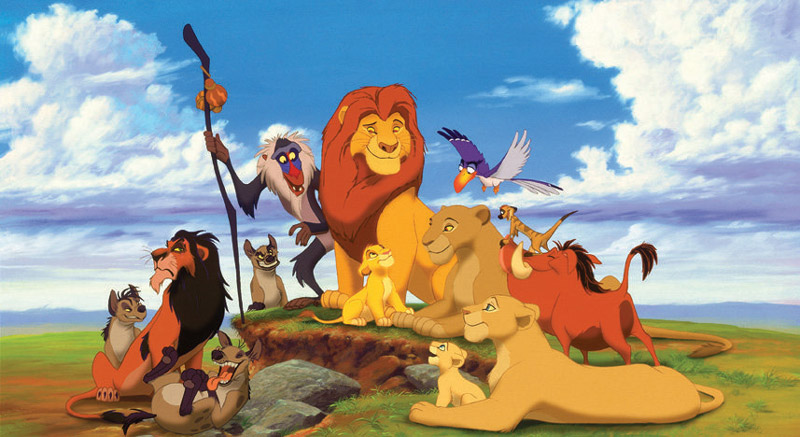
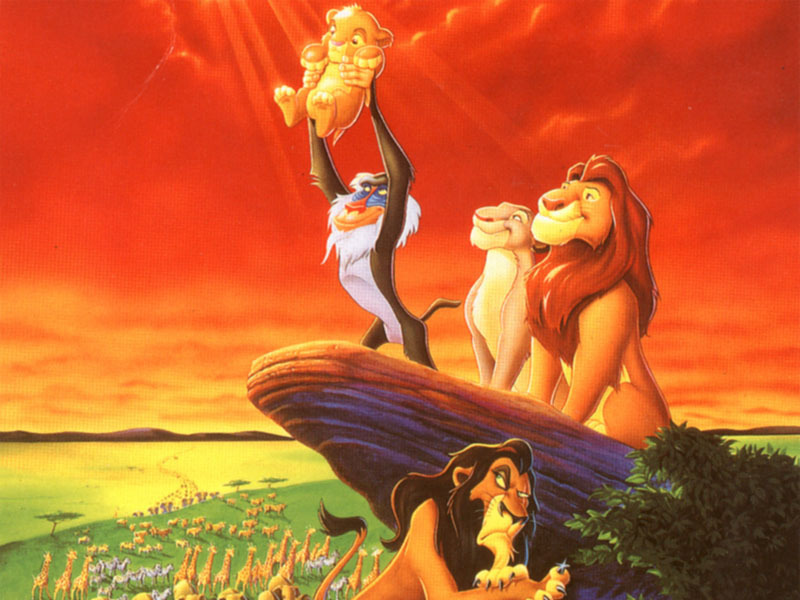





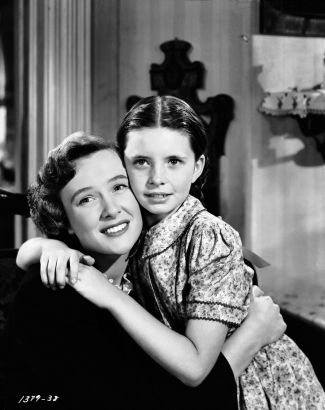



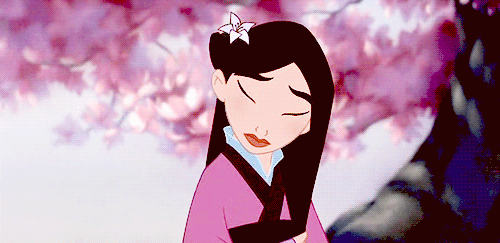


















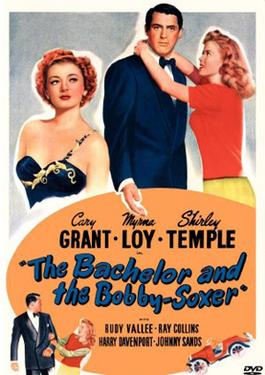

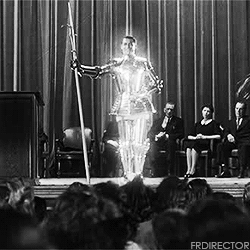






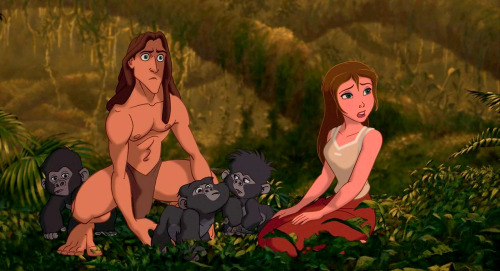









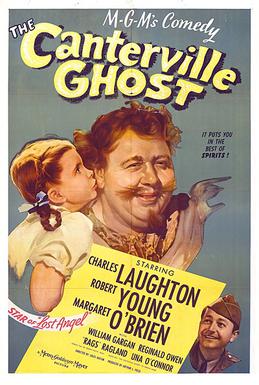


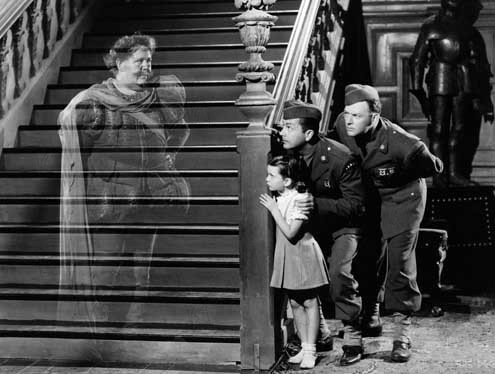




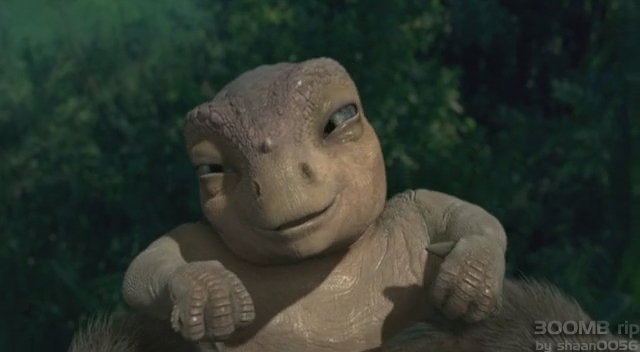

















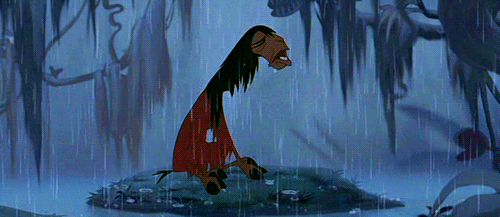












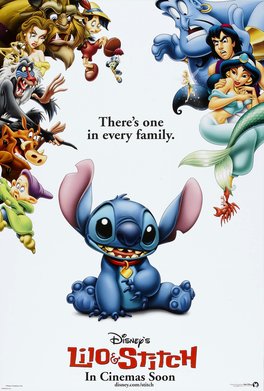












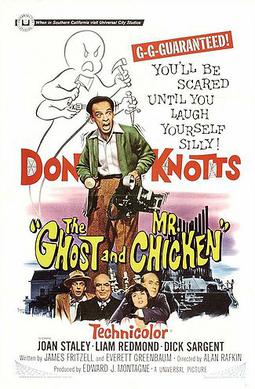





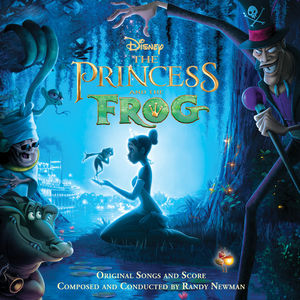

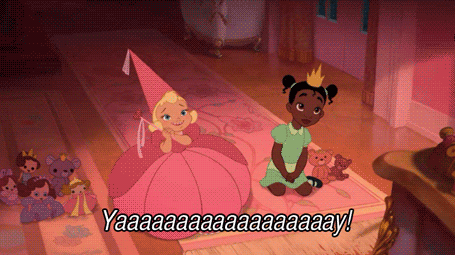 With all that out of the way, Disney was always going to have issues with this story and its issues of race. The 1920s setting prevents the audience from escaping what was going on with African-American people, especially in the south, at the time. The Harlem Renaissance was thriving, and the movie plays on that with the jazz-infused score and Art Deco appearance, but make no mistake,
With all that out of the way, Disney was always going to have issues with this story and its issues of race. The 1920s setting prevents the audience from escaping what was going on with African-American people, especially in the south, at the time. The Harlem Renaissance was thriving, and the movie plays on that with the jazz-infused score and Art Deco appearance, but make no mistake, 







